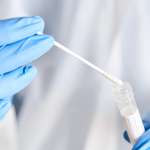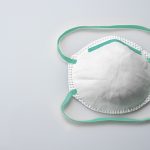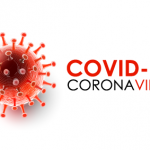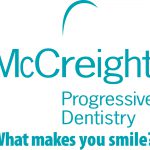
As a dentist, seeing patients during this pandemic of COVID-19 is a challenge. The measures put forth by the CDC and updated guidelines for infection control have added a sense of security for the entire team, along with present and future patients. Personal protective equipment (PPE) aids in protecting the clinical team. However, we now know that the droplets generated from aerosol-generating procedures (AGP), which are inherent to dentistry, stay in the room for longer than originally thou...
Read More








